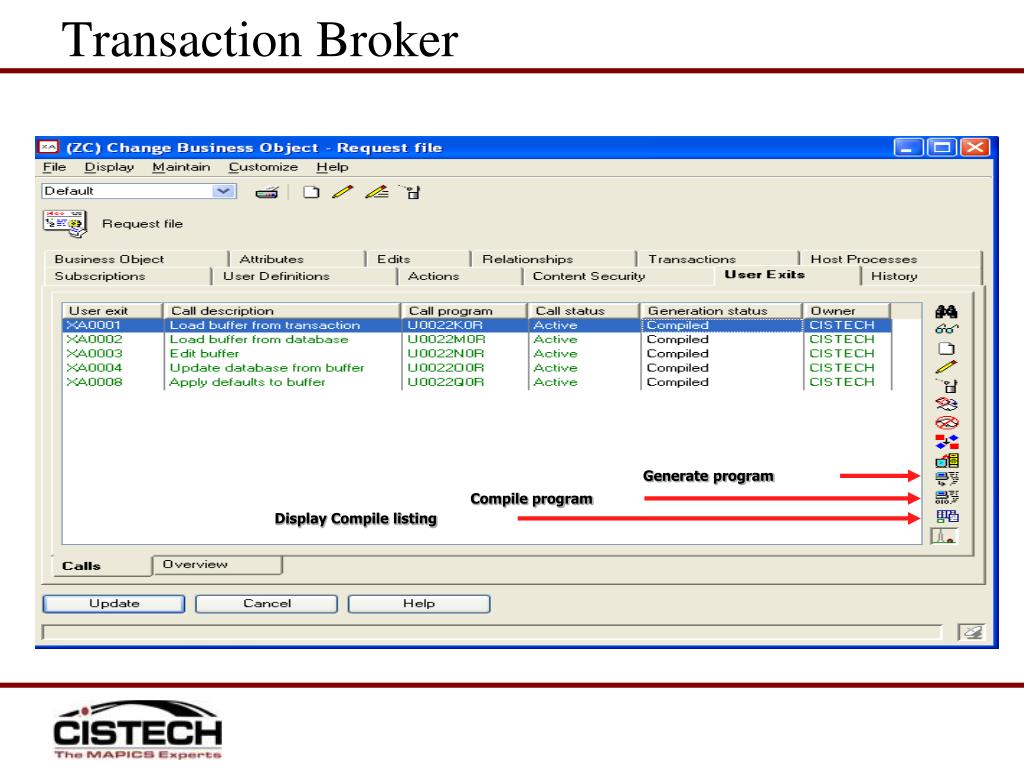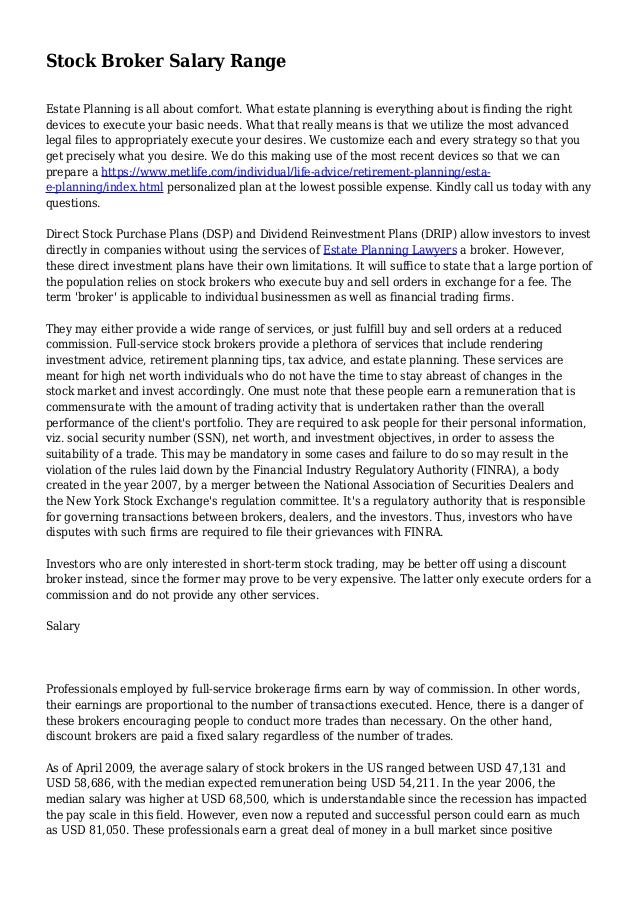
 Step 4 - The Brokerages Split the Commission - Once the listing broker receives the commission they will promptly send the buyer agent’s broker their half. Step 3 - Transaction Closes - All the documents must be signed and the funding from the buyer must go through for the commission fee to be taken out of the seller’s proceeds and sent by the escrow company to the listing broker. The listing agent will then specify the commission split with the buyer agent’s brokerage. Typically, the higher the price is the lower the commission will be. The average is between 5-6% commission on the sale price. Step 2 - Take on a Listing/Get an Offer to Purchase Accepted- The listing agreement between the seller and the listing agent’s broker will spell out the commission for the sale. If possible, see if a sliding scale commission split is possible so that you earn more as you sell more. Step 1 - Sign on With a Licensed Real Estate Broker - The broker/agent agreement will specify the commission split. Before you sign on with a brokerage or take on a listing, review the process to make sure your aren’t short-changing yourself. Commission Payment Process Step-by-Stepīelow is a quick overview of the commission payment process to use as a reference. Since the IRS considers real estate agents to be self-employeed, you’ll need to pay estimated taxes every quarter. You’ll need to carefully track all of your income and expenses. As an independent contractor, it’s up to agents to pay taxes on their own. One thing a brokerage will never do is deduct taxes from your commission split. It’s important to manage your finances accordingly to balance out the highs and lows. And some months will be much busier than others. Just keep in mind it could take time to close your first deal. Today’s real estate agents are lucky that direct deposit allows for immediate payment. As soon as the close and funding are completed the commission fees will be released. Instead of getting paid for the hours that you put in as you work with a seller or buyer, you’ll get one lump sum payment after settlement. The more an agent sells the higher the commission split should be in their favor. Often the commission split comes down to two things: the amount in sales that an agent closes and the level of service that the brokerage provides. Every brokerage has their own system and financial considerations. There’s a huge range of broker commission splits from 30/70 to 90/10. Your broker will then keep their half and give you $3,750. That means the total commission is $15,000. The commission is 5%, and the sale price is $300,000. A few months into being licensed you close your first sale. Let’s imagine you’re a new real estate agent that has a 50/50 commission split, which is fairly standard. When your broker receives the commission funds they will deduct their portion before sending you the rest. In return for operating legally under the brokerage, agents must split the commission they earn helping a client sell or purchase a home.
Step 4 - The Brokerages Split the Commission - Once the listing broker receives the commission they will promptly send the buyer agent’s broker their half. Step 3 - Transaction Closes - All the documents must be signed and the funding from the buyer must go through for the commission fee to be taken out of the seller’s proceeds and sent by the escrow company to the listing broker. The listing agent will then specify the commission split with the buyer agent’s brokerage. Typically, the higher the price is the lower the commission will be. The average is between 5-6% commission on the sale price. Step 2 - Take on a Listing/Get an Offer to Purchase Accepted- The listing agreement between the seller and the listing agent’s broker will spell out the commission for the sale. If possible, see if a sliding scale commission split is possible so that you earn more as you sell more. Step 1 - Sign on With a Licensed Real Estate Broker - The broker/agent agreement will specify the commission split. Before you sign on with a brokerage or take on a listing, review the process to make sure your aren’t short-changing yourself. Commission Payment Process Step-by-Stepīelow is a quick overview of the commission payment process to use as a reference. Since the IRS considers real estate agents to be self-employeed, you’ll need to pay estimated taxes every quarter. You’ll need to carefully track all of your income and expenses. As an independent contractor, it’s up to agents to pay taxes on their own. One thing a brokerage will never do is deduct taxes from your commission split. It’s important to manage your finances accordingly to balance out the highs and lows. And some months will be much busier than others. Just keep in mind it could take time to close your first deal. Today’s real estate agents are lucky that direct deposit allows for immediate payment. As soon as the close and funding are completed the commission fees will be released. Instead of getting paid for the hours that you put in as you work with a seller or buyer, you’ll get one lump sum payment after settlement. The more an agent sells the higher the commission split should be in their favor. Often the commission split comes down to two things: the amount in sales that an agent closes and the level of service that the brokerage provides. Every brokerage has their own system and financial considerations. There’s a huge range of broker commission splits from 30/70 to 90/10. Your broker will then keep their half and give you $3,750. That means the total commission is $15,000. The commission is 5%, and the sale price is $300,000. A few months into being licensed you close your first sale. Let’s imagine you’re a new real estate agent that has a 50/50 commission split, which is fairly standard. When your broker receives the commission funds they will deduct their portion before sending you the rest. In return for operating legally under the brokerage, agents must split the commission they earn helping a client sell or purchase a home. 
It’s part of the checks and balances that ensures agents are competent and consumers are protected. Real estate agents are independent professionals, but they must work in connection with a licensed brokerage that is held to high business standards. When you sign on with a broker, one of the key considerations is the commission split. So technically, the agent’s commission is paid by their broker. Each broker will then give the agent their split minus any fees. The listing broker will then send the buyer’s brokerage their portion of the commission. Instead, a commission payment is sent to the listing agent’s broker.

However, it should be noted that sellers don’t pay agents directly since it’s prohibited. The listing agent gets half and the buyer agent gets the other half. The seller typically pays 5-6% of the sales price for realtor services. Real Estate Commission Basics Who Pays a Real Estate Agent’s Commission







 0 kommentar(er)
0 kommentar(er)
